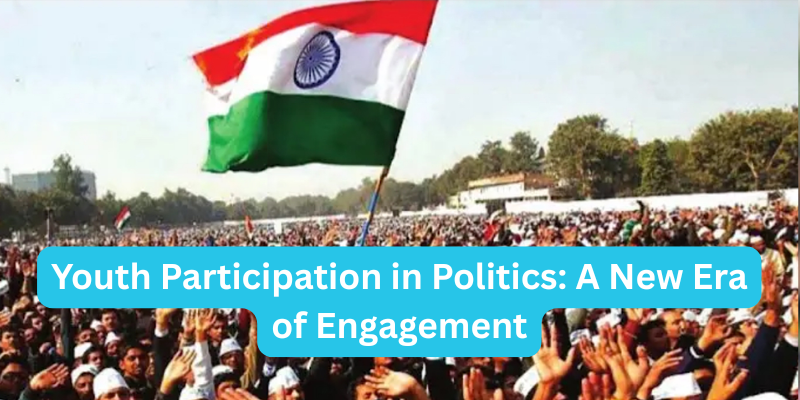Of course! Here’s the same article with numbers added to all main (parent) headings to improve structure, readability, and SEO clarity:
Title: Youth Participation in Politics: A New Era of Engagement
Slug: youth-participation-politics-2025
Meta Description: Explore how young people are reshaping the political landscape in 2025. From digital activism to policymaking, discover a new era of youth political engagement.
Tags: Youth in Politics, Gen Z Voters, Political Activism, Civic Engagement, Student Movements, Digital Democracy, Young Leaders 2025, Social Justice Advocacy, Political Awareness
Youth Participation in Politics: A New Era of Engagement
In 2025, youth are no longer passive observers of the political process—they are shaping it. From leading climate strikes and championing social justice to running for office and launching digital campaigns, young people around the globe are igniting a political renaissance. Once dismissed as apathetic or disengaged, today’s youth are proving that not only are they paying attention, they’re demanding change—and taking action to make it happen.
This shift marks the beginning of a new era of engagement, one fueled by social consciousness, digital fluency, and a deep sense of urgency. The political landscape is evolving, and the youth are not just participating—they’re leading.
Let’s dive into how and why youth political engagement is surging, the platforms and tools they’re using, the barriers they still face, and the long-term impact this movement is likely to have.
1. The Rise of Gen Z: Politically Aware and Digitally Empowered
Gen Z—those born between the late 1990s and early 2010s—has grown up in a world marked by rapid technological change, economic uncertainty, and a series of global crises. From climate change and racial inequality to student debt and digital privacy, they are inheriting a complex set of challenges.
What sets Gen Z apart is not just their awareness, but their fluency in the tools of political activism. They were raised on the internet, social media, and mobile apps. They know how to organize online, amplify messages, and hold institutions accountable. Political memes, hashtag campaigns, and viral videos are more than content—they are catalysts for change.
According to recent studies, Gen Z has some of the highest rates of political awareness and civic interest compared to previous generations at the same age. They are turning out in record numbers at the ballot box, volunteering for campaigns, lobbying for policy changes, and creating their own platforms for political discussion.
2. Digital Platforms as Tools of Mobilization
One of the most transformative forces behind youth engagement is digital media. Instagram, TikTok, YouTube, and X (formerly Twitter) have become powerful political arenas where issues are debated, ideas are shared, and leaders are born.
Digital activism is about more than just likes and shares. It’s about using platforms to spread awareness, organize events, raise funds, and pressure decision-makers. Campaigns like #FridaysForFuture, #BlackLivesMatter, and #EndSARS were all significantly amplified by youth voices online.
These platforms allow young people to bypass traditional gatekeepers and build their own movements. They don’t have to wait to be invited into the political process—they create their own space within it.
3. Youth Representation: From Protest to Policy
Activism is often the first step—but today’s youth are pushing further. Many are running for public office, participating in student governments, and joining advisory boards and policymaking committees. From school board elections to city councils and even national legislatures, young leaders are gaining ground and pushing forward progressive, inclusive agendas.
Organizations around the world are emerging to support youth candidates and provide leadership training. These programs are helping bridge the gap between activism and governance, turning passionate young citizens into effective policymakers.
And they are being taken seriously. In many countries, youth-led parties, coalitions, or independents are not just symbolic—they’re winning seats and shaping legislation.
4. The Issues That Matter Most to Young Voters
Youth political engagement in 2025 is driven by a set of deeply personal and urgent issues. Among the most prominent:
- Climate change and environmental justice
- Student debt, education reform, and affordable tuition
- Racial, gender, and LGBTQ+ equality
- Access to mental healthcare
- Gun control and public safety
- Digital privacy, online rights, and freedom of expression
These aren’t abstract political concepts for young people—they are lived experiences. Whether it’s coping with climate anxiety, paying off massive tuition fees, or experiencing discrimination, these issues impact their daily lives. That’s what makes their advocacy so passionate and persistent.
5. Barriers to Youth Political Participation
Despite their enthusiasm, young people still face considerable challenges in accessing and influencing formal political systems.
Some of these barriers include:
- Lack of political education or civic curriculum in schools
- Legal restrictions on the voting age in many regions
- Limited access to campaign funding or mentorship
- Disconnection from traditional political parties
- Underrepresentation in policymaking bodies
In some cases, older political elites still view youth involvement with skepticism or tokenism. But the tide is turning. Institutions are slowly opening up to include youth voices, driven in large part by public pressure and the growing realization that inclusive governance is more effective.
6. Education and Civic Literacy: Building a Culture of Participation
Another powerful trend in this new era of engagement is the push for civic education. Schools, NGOs, and online platforms are working to equip young people with the knowledge and tools they need to participate meaningfully in democracy.
From mock elections and debate clubs to political podcasts and interactive learning apps, civic literacy is being reimagined for the digital age. The goal isn’t just to teach voting procedures—it’s to inspire active citizenship, critical thinking, and ethical leadership.
The long-term hope is to create a generation of lifelong participants in the democratic process—not just during election cycles, but year-round.
7. Global Youth Movements: A Shared Generation, A Shared Purpose
Youth participation isn’t confined by borders. Thanks to digital connectivity, young people are forming transnational alliances and learning from each other’s movements. Whether it’s Chilean students protesting tuition hikes, Indian youth fighting for job rights, or African climate activists demanding action, there is a shared sense of global citizenship.
These movements often use the same tactics—hashtags, art, music, online petitions—but they are rooted in local realities. What unites them is a belief that the future must be shaped by those who will live it.
8. The Long-Term Impact: A More Inclusive and Accountable Democracy
The rise in youth participation is not a passing trend—it’s the start of a deeper transformation. As young people continue to engage, the political system itself begins to evolve.
Expect to see:
- More inclusive policy discussions that reflect diverse perspectives
- New political platforms built around digital-first values
- Greater accountability for leaders who fail to address youth priorities
- Intergenerational coalitions tackling shared challenges
Young people bring fresh energy, new ideas, and a deep moral clarity to the political space. Their presence is a reminder that democracy works best when everyone has a voice.
9. Conclusion: The Future Belongs to the Engaged
Youth participation in politics is not a side story—it is the story. In a world facing unprecedented challenges, the passion, creativity, and courage of young people offer a powerful source of hope. They are not waiting for permission to act. They are stepping forward, speaking out, and building the future they want to live in.
10. Most Asked Questions About Youth in Politics
- Why are young people more politically active in 2025?
Young people today are more aware of global challenges and have access to digital tools that allow for immediate engagement. Climate change, inequality, and technological disruption have made politics deeply personal for Gen Z and younger Millennials. - How are digital platforms helping youth activism?
Social media and online tools enable young activists to reach large audiences, mobilize quickly, and connect with like-minded individuals around the world. These platforms turn awareness into action and create space for youth-led movements. - Can young people really make a difference in elections?
Absolutely. In many countries, youth turnout has shifted election outcomes. Young voters often determine the success of progressive platforms and bring attention to under-discussed issues. - What are the challenges young people face in politics?
Key challenges include lack of representation, funding barriers, political inexperience, and age-based discrimination. Education gaps and gatekeeping within political institutions can also limit participation. - How can we support youth political engagement?
Support comes through civic education, mentorship programs, inclusive policymaking, and accessible platforms for youth voices. Encouraging dialogue, representation, and respect for youth perspectives is essential.





